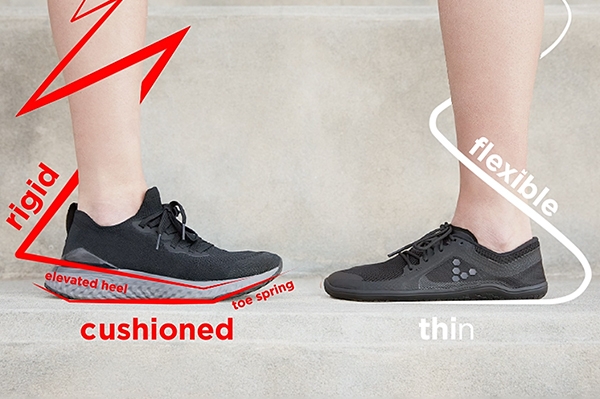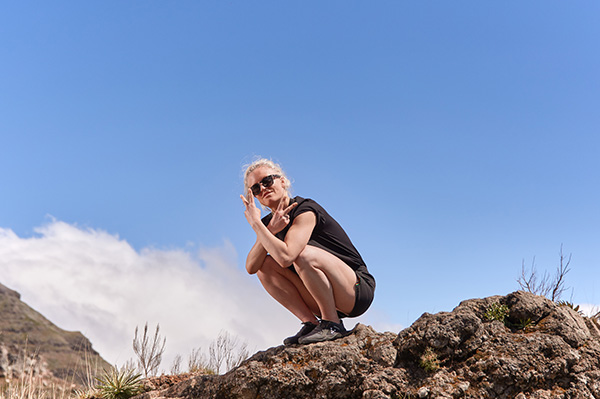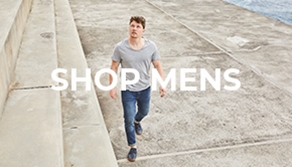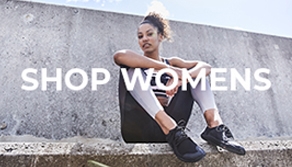There is a LOT of choice and a LOT of confusing and sometimes conflicting information out there when it comes to footwear – that’s if you can even wrap your head around the basic terminology! Even when you’re searching for ‘barefoot’ or minimalist shoes – often the literature is anything but minimalist!
So we’ve put together a handy run-down to help you navigate your way towards informed barefoot movement…
ZERO DROP – means there’s no difference in height between the forefront of a shoe and the heel. Just like your actual feet, incidentally. However, it’s become a useful term for marketing shoes because most shoes – even sports shoes – are heeled. A traditional running shoe can have anywhere between an 8-14mm ‘drop’ between the heel and the toe. What’s called a ‘low profile shoe’ usually have anywhere between a 4-7mm drop. It’s useful to check, therefore, if you’re interested in a true ‘barefoot’ shoe that the drop is actually ZERO – just like your feet when you’re standing barefoot on the ground.
ZERO CUSHIONING – cushioning refers to the padding underneath the foot. This is sometimes referred to as the ‘stack height’ of the shoe, as in, how high off the ground your feet are due to padding. A truly ‘barefoot’ shoe will have no cushioning. The idea is that a barefoot shoe is constructed to be as little shoe as possible, offering only the absolute minimum necessary level of protection against weather and terrain, allowing your feet all the sensory feedback possible from the ground beneath you. Minimalist shoes sometimes refers to shoes that have a minimal amount of cushioning, others have none at all – so look out! To truly move barefoot is to remove all the padding between your feet and the world, cushioning included.
OK, But What’s The Difference?
The most obvious distinction between Zero Drop and Zero Cushioned shoes is just that – cushioning! Even though both kinds of shoe are made – ideally – to replicate the natural functioning of the foot as closely as possible, Zero Drop shoes can still come with a little cushioning, while Zero Cushioning by definition means you’re ditching it entirely! So while there’s an overlap in ethos, functionally, Zero Cushioning is as close to truly barefoot as it’s possible to get without ditching shoes altogether – although truly Zero Drop shoes are similarly designed to get your feet as close to the ground as possible!


There are also combinations of the above, including zero drop but cushioned shoes. But while there has been some evidence of traditional (padded, heeled) running shoes may make runners more prone to injury, there is no conclusive evidence whether this is down to the cushioning, or the heel-to-toe drop. As important as shoes are, clearly, how each individual runs is at least as important. The damaging ‘heel-strike’ style of running which traditional running shoes permits is clearly not great on the body, but running with barefoot shoes doesn’t always mean running with an optimum barefoot ‘style’.
Barefoot gait is about running more efficiently and effectively:
- landing on the mid-to-forefront under the hips
- taking shorter, slightly faster steps
- ankles, knees and hips nicely tucked under each other so all your joints are working together.
- trying to run like kids at the beach – full of joy!
So if you really want to move to an optimal barefoot movement experience, it’s not just about what you put on your feet. Barefoot is a whole process, and often a very slow one! If you’re fit, healthy and active and think this might be for you, here’s a few points before you get started!
- Start slowly! Begin by just taking your shoes off and spending more time barefoot. Just being able to wiggle your toes and feel the earth beneath your feet is a great way to start reconnecting to your body and the natural world. It might even hurt your feet a little. This is because feet that have spent most of their time encased in thin, narrow, rigid shoes haven’t been given the space to grow strong, wide and flexible. Your feet are packed with muscles and tendons that simply haven’t been used enough. Walking barefoot, as well as in minimalist or barefoot style shoes, gives your feet the perfect opportunity to start building up those tiny muscles, while the soles of your feet start reacting to all the awesome sensory input the ground is now providing.
Speak to a pro. It might be a big investment, but you only get one body! Find a barefoot trainer near you and invest in a session to assess your transition.


Now that you know what’s what, and if you’re eager (of course you are!) to dive into the unique barefoot experience, it’s important to think about which kind of shoe between these two is best for what level you’re at, in terms of barefoot experience and overall foot health. While it may be tempting to dive headfirst into the uncut barefoot experience you get with Zero Cushioned shoes – which means absolutely no padding between you and your feet, remember! – it’s probably best for you and your feet if you start slowly, and gradually introduce barefoot into your life by building up your feet one barefoot experience at a time. If your feet aren’t so accustomed to the unique challenges (and rewards!) of barefoot, Zero Drop shoes with a bit of cushioning could be the key for you to make the transition without a shock – you only get one body after all! Even with all this information at your disposal, it wouldn’t hurt to speak to a pro! Find a barefoot trainer near you and invest in a session to assess your transition, and now that you know your drops from your cushions, you’ll be able to get the most out of whatever they recommend!



